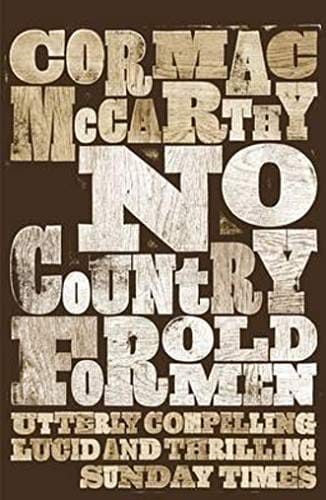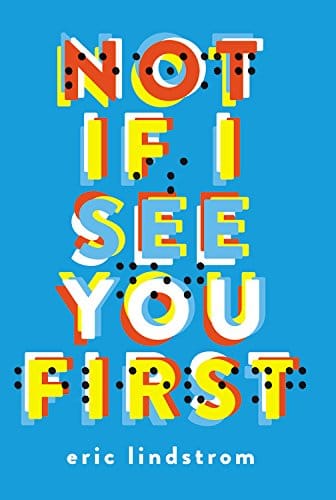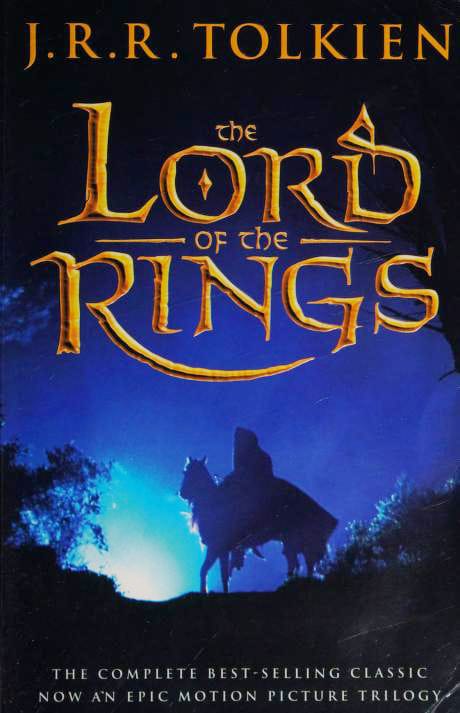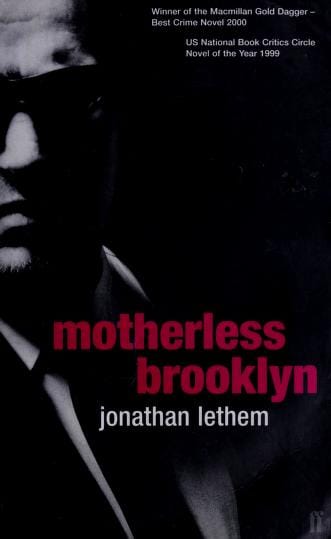Crazy Rich Asians: A Lavish Love Story That Changed Hollywood
Explore the plot, themes, cultural impact and dazzling style of Crazy Rich Asians in this in-depth look at the groundbreaking romantic comedy film.
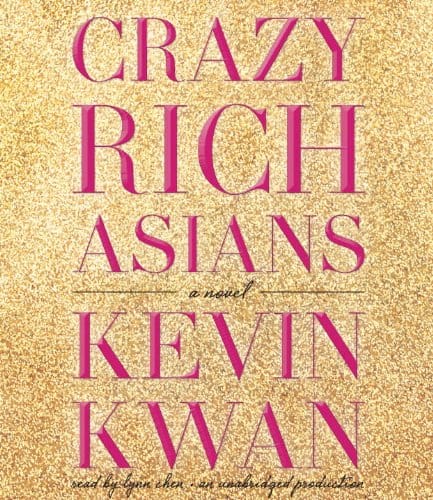
Introduction to a Modern Phenomenon
When “Crazy Rich Asians” burst onto movie screens in 2018, it did far more than serve up a delightful romantic comedy. Adapted from Kevin Kwan’s bestselling novel, the Warner Bros. film became a cultural milestone, representing the first major Hollywood studio release with an all-Asian cast in 25 years. The glitz, glamour, and heart of the story resonated worldwide, grossing over $238 million on a $30 million budget and proving that diverse storytelling sells.
Quick Synopsis: Love Meets Old-Money Tradition
The story centers on Rachel Chu, a Chinese-American economics professor in New York, who travels to Singapore with her boyfriend Nick Young for his best friend’s wedding. Unbeknownst to Rachel, Nick hails from one of Asia’s wealthiest and most influential families. As she navigates a universe of private islands, couture gowns, and feuding socialites, Rachel confronts cultural expectations and class tensions, most notably in the form of Nick’s formidable mother, Eleanor Young. The narrative blends romantic tropes with biting social satire, culminating in a showdown over love, loyalty, and identity.
Breaking Stereotypes and Making History
For decades, Asian characters in Western cinema were relegated to sidekicks or caricatures. “Crazy Rich Asians” flipped that script, offering nuanced protagonists who are ambitious, flawed, and irresistibly human. Director Jon M. Chu’s goal was to create a film that felt both universally accessible and unmistakably Asian. From mahjong table confrontations to hawker-stall feasts, every frame celebrates cultural authenticity while rejecting dated stereotypes.
Cast and Performances That Sparkle
Constance Wu infuses Rachel with intelligence and vulnerability, crafting a heroine you want to root for. Henry Golding’s Nick radiates charm and warmth, creating believable chemistry with Wu. Michelle Yeoh delivers a masterclass in restraint as Eleanor, conveying decades of family duty with a single stern glance. Scene-stealing support comes from Awkwafina as Peik Lin, Ronny Chieng, Gemma Chan, and Nico Santos, each adding humor and heart.
Themes: Identity, Family, and Self-Worth
Beneath the couture dresses and decadent parties lies a narrative grappling with identity. Rachel’s struggle reflects the Asian diasporic experience: she is culturally Asian but wholly American in outlook. The film explores filial piety, the weight of family legacy, and the sacrifices demanded by tradition. Ultimately, it champions personal agency—Rachel chooses self-respect over wealth, reclaiming power by walking away from Nick’s proposal before he returns with a heartfelt compromise.
Visual Opulence: Fashion and Set Design
From the iconic water-filled aisle at Colin and Araminta’s wedding to Astrid Leong’s closet brimming with couture, the film dazzles the eyes. Costume designer Mary E. Vogt curated over 1,500 outfits, blending Eastern motifs with haute couture. Production designer Nelson Coates transformed Singapore into a playground of neon-lit night markets, lush mansions, and secluded islands, each backdrop enriching the storytelling by juxtaposing old money with modern decadence.
Food as a Narrative Device
Food sequences serve more than aesthetic delight; they symbolize heritage and community. The bustling Newton Food Centre scene invites viewers to savor satay and chili crab, while dumpling-making at the Young estate underscores intergenerational bonds. These culinary moments ground the extravagance in tactile authenticity, reminding audiences that culture is tasted as much as it is seen.
Box Office Triumph and Industry Resonance
Opening at $26.5 million domestically, “Crazy Rich Asians” defied predictions and maintained a rare zero-percent drop in its second weekend. Its success convinced Hollywood gatekeepers that films led by underrepresented groups can achieve mainstream profitability. Streaming platforms and studios subsequently green-lit more Asian-centric projects, from “Shang-Chi and the Legend of the Ten Rings” to “Never Have I Ever.”
Awards and Critical Acclaim
The movie earned two Golden Globe nominations and a Screen Actors Guild Award for Outstanding Performance by a Cast. Critics praised its vibrant visuals and earnest storytelling, though some highlighted a limited depiction of Singapore’s ethnic diversity. These discussions fueled broader conversations about intra-Asian representation, demonstrating that progress invites further nuance.
Legacy and Ongoing Franchise
Two sequels, “China Rich Girlfriend” and “Rich People Problems,” are currently in development, promising to expand the cinematic universe. Beyond box office numbers, the film’s true legacy lies in its ripple effect: increased funding for Asian creators, more inclusive casting calls, and heightened audience demand for authentic narratives.
Travel Boom: Singapore on the Global Stage
Tourism to Singapore spiked following the film’s release. Sites such as Marina Bay Sands, the Gardens by the Bay, and the Chijmes Hall wedding venue experienced a surge in international visitors eager to recreate cinematic moments. The Singapore Tourism Board even launched themed tours, illustrating the movie’s power to shape real-world economies.
Conclusion: More Than Just Glitz
“Crazy Rich Asians” is a jubilant celebration of love and luxury, but its deeper triumph lies in expanding the boundaries of who gets to be seen and celebrated on screen. By marrying universal themes with culturally specific details, the film proved that authenticity is not a limitation but a selling point. As Hollywood continues to evolve, this lavish rom-com stands as both a beacon and a challenge—proof that stories from every corner of the globe can captivate hearts and wallets alike.
